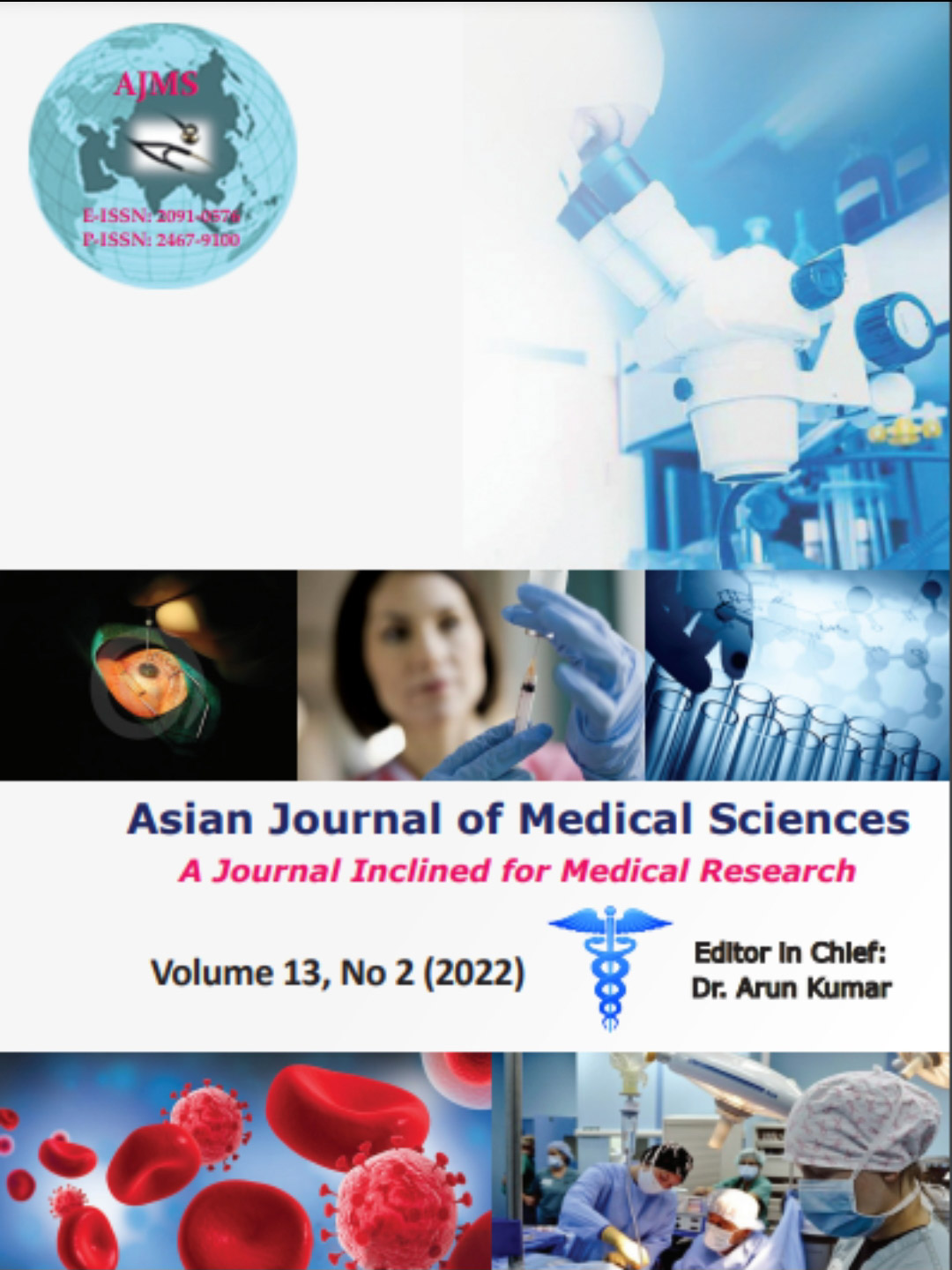Evaluation of Pregnancy Outcome and Influencing Factors of Microsurgical Tubal Recanalisation as a Reversal of Tubal Ligation in a Tertiary Hospital
Keywords:
Microsurgery, Pregnancy, Reversal, Sterilization, Tubal length, Tubal recanalizationAbstract
Background: Tubal microsurgical recanalization is a procedure which restores the fertility in women who have undergone sterilization voluntarily, thinking that her family is complete. However due to unforeseen circumstances, 1–3% of these women subsequently demand reversal of sterilization.
Aims and Objectives: This study aims to evaluate the pregnancy rate after reversal surgery and to find out the various factors that influence the success of tubal microsurgical recanalization.
Materials and Methods: The current study was hospital-based retrospective one involving 48 women undergoing reversal of sterilization at the department of gynecology and obstetrics in tertiary hospital, Kolkata, during the period of 3 years, from July 2015 to June 2018. The women were followed up for a period of 1 year by telephonic contact. Women seeking tubal recanalization was in age group of 20–35 years with normal ovulation and normal semen analysis. Women, >35 years old, anovulation, with obvious pelvic inflammatory disease, endometriosis or fibroid were excluded, women with any contraindications to pregnancy or surgery and any male factor infertility also excluded from the study.
Results: Out of 48 study subjects, intrauterine pregnancy was achieved in 27 cases (93.1%)), 2 patients (6.9%) had ectopic pregnancy. Out of 27 intrauterine pregnancies, 4 had abortions (13.8%), 3 (10.3%) are ongoing pregnancies, and 20 patients had live birth (69%).
Conclusion: Tubal microsurgery offers good chances of pregnancy outcome which is favored by the age below 30 years, interval between sterilization and its reversal <4 years, isthmo-isthmic anastomosis, reconstructed tubal length being more than 6 cm, and type of previous sterilization were by Pomeroy’s method.
Downloads
Downloads
Published
How to Cite
Issue
Section
License
Copyright (c) 2022 Asian Journal of Medical Sciences

This work is licensed under a Creative Commons Attribution-NonCommercial 4.0 International License.
Authors who publish with this journal agree to the following terms:
- The journal holds copyright and publishes the work under a Creative Commons CC-BY-NC license that permits use, distribution and reprduction in any medium, provided the original work is properly cited and is not used for commercial purposes. The journal should be recognised as the original publisher of this work.
- Authors are able to enter into separate, additional contractual arrangements for the non-exclusive distribution of the journal's published version of the work (e.g., post it to an institutional repository or publish it in a book), with an acknowledgement of its initial publication in this journal.
- Authors are permitted and encouraged to post their work online (e.g., in institutional repositories or on their website) prior to and during the submission process, as it can lead to productive exchanges, as well as earlier and greater citation of published work (See The Effect of Open Access).




